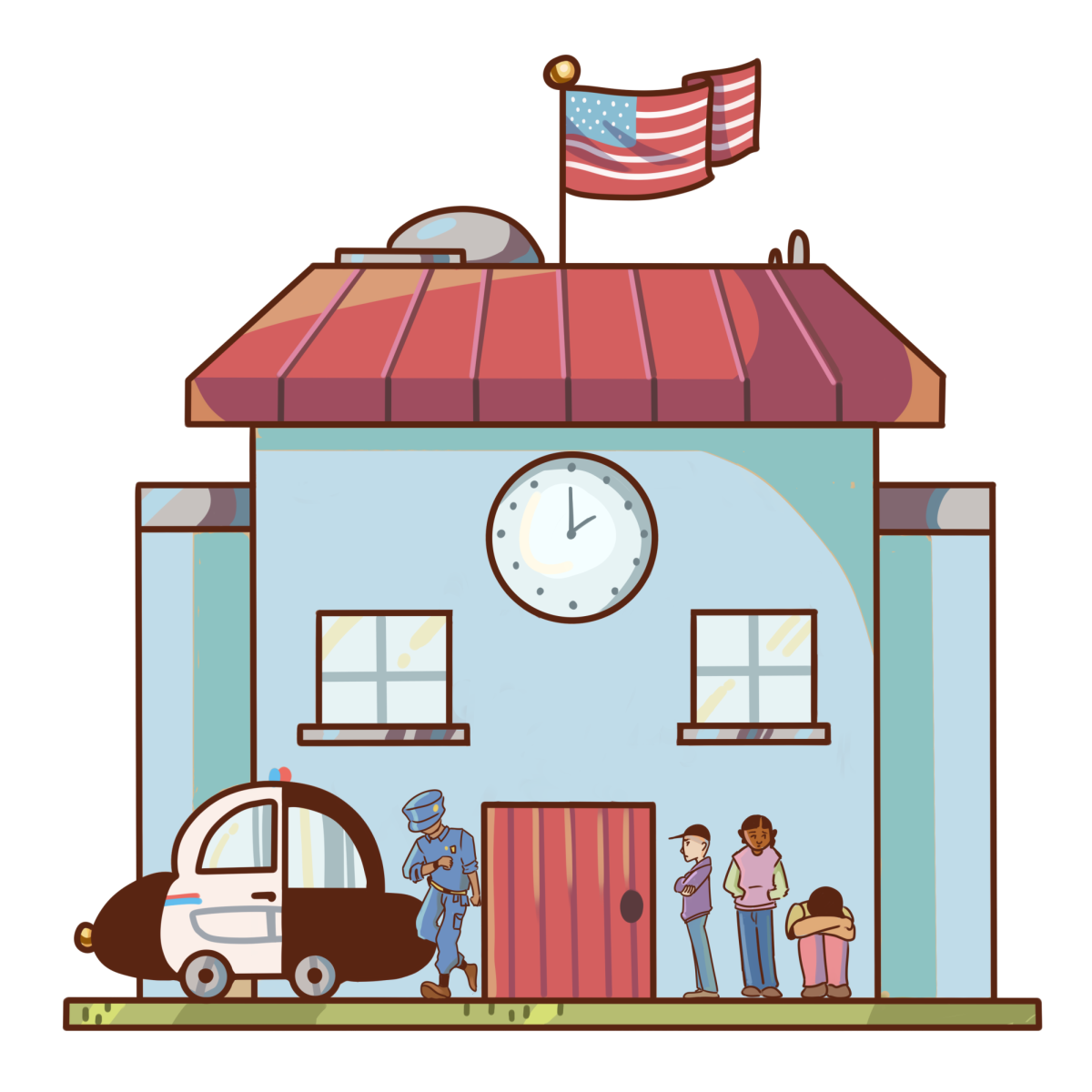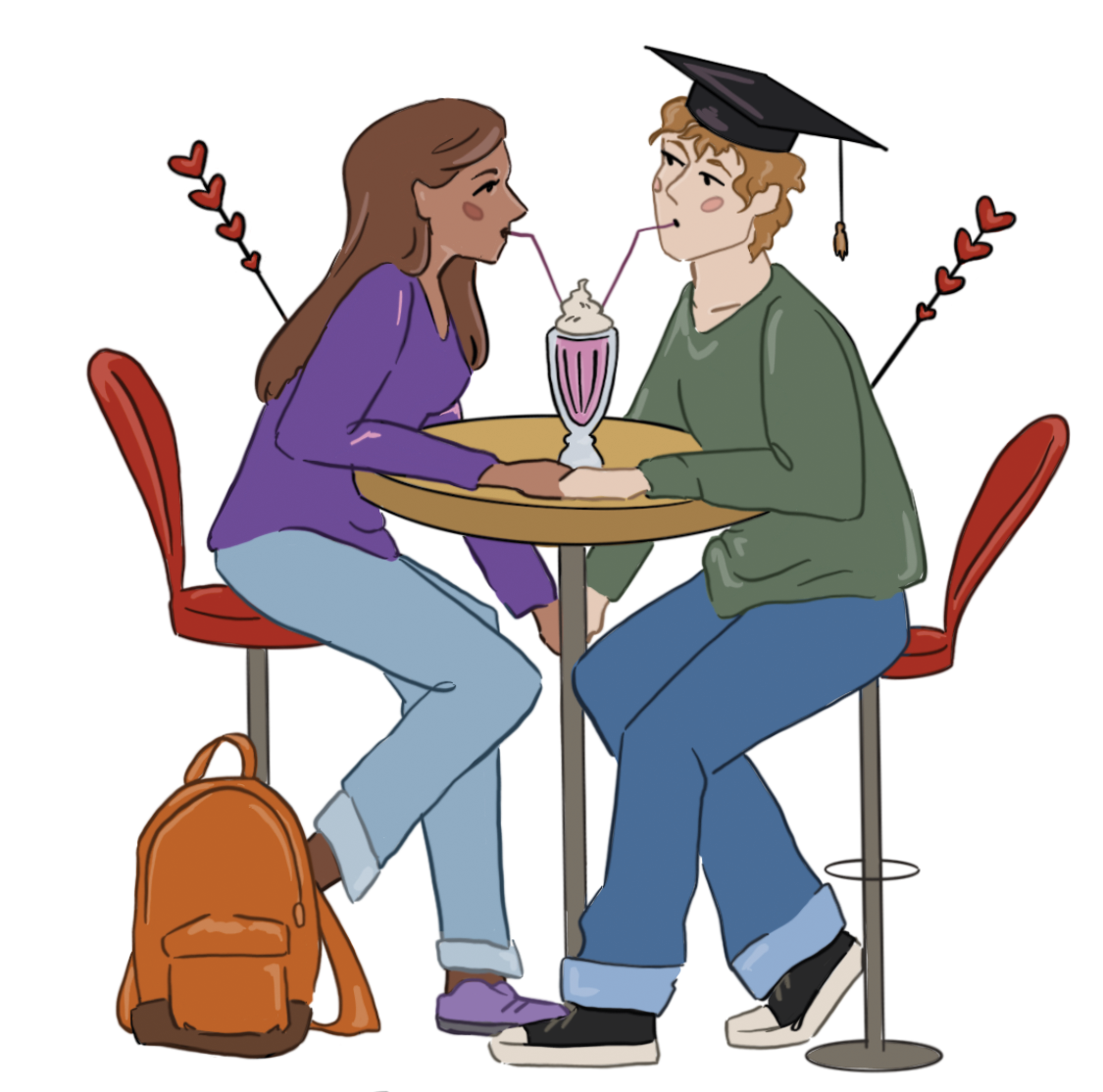Sunday evening, while other students labored over their English essays and crammed for their math exams the next day, Jonathan Damico ’19 cruised alongside the PCH. As he turned toward the setting sun, Damico wasn’t viewing the misty ocean front or a watercolor sky, but instead he was looking out toward the bike path. He was searching for Birds.
Several hours earlier, Damico had received a flurry of texts from his friends. As was custom, the group planned to meet up in Santa Monica and go on their weekly “Birding” excursions. Armed with two pickup trucks, radios, gloves and jackets, the junior and senior boys set off to locate Birds, shareable electric scooters scattered throughout neighborhoods across the country that riders can access through an app. The start-up aims to provide a cheap and convenient mode of transportation that both alleviates traffic and helps the environment, according to the Atlantic.
Scooters cost 15 cents a minute to ride after the initial $1 unlocking fee. DJ Lesh ’18, who joins Damico on his “scavenger hunts” for Birds, said the product may seem expensive but appears to be a sustainable venture.
“It’s really good for short rides, which I think is their target,” Lesh said. “I see people riding birds all the time so the price definitely isn’t deterring them.”
In addition to renting the Birds, “chargers” like Damico and his friends are paid by the company to collect, charge and drop off the scooters. Every night at 9 p.m., the maps on chargers’ Bird app illuminate with pinpricks of green, revealing where riders left Bird scooters after the day’s trips.
Damico’s group can gather about 50 scooters on a good night, with each scooter earning them $5 – $20 depending on how difficult the scooters are to locate, Damico said. In the mornings, chargers drop off the scooters at “Bird Nests,” the designated drop-off areas that the company creates.
“I’ve seen people who rent vans and and charge $500 [worth of scooters] a day,” Damico said. “It’s very game-able. You can have fun and treat this as a scavenger hunt. It’s what you make of it and is very time flexible, and it can be a good but unstable source of income.”
Unlike other ride-sharing services like Uber and Lyft, Bird doesn’t require background checks for chargers, according to the Atlantic. Like riders, chargers only need to be legal adults and hold valid driver’s licenses.
Fellow charger Brandon Porter ’18, said that while the job can be fun, it also comes with its own dangers.
“You definitely have to be careful, especially because the time you’re supposed to pick up birds is at night, and they can be in some sketchy places,” Porter said.
Damico, like Porter, said although the income is one of the main reasons why he is a charger for Bird, he believes that people should be wary of pursuing the job as a career.
“My concern is that people who do rely on this as a source of income need to have something else they can switch to quickly,” he said. “I don’t think that Bird’s current revenue model is stable, and [the company] might shoot themselves in the foot if they continue making it $5. I think the prices will go down.”
Nevertheless, Bird continues to hire more chargers, and the company is expanding to meet the increased demand for its product.
Bird currently operates in Austin, Nashville, Los Angeles, San Francisco, Scottsdale, Washington D.C. and Atlanta.
Bird started gaining popularity in urban areas due to the increased congestion and traffic.
In fact, Bird pledges to contribute to solve the “last-mile problem” many commuters grapple with. According to the company’s website, the distance of about 40 percent of car trips is under two miles and Bird was founded to offer drivers another method of transportation for short trips. There is also the option to rent bikes in Santa Monica through Santa Monica Bike Share, but Lesh said Birds are more convenient.
“[Bird is] a kind of interesting entrepreneurial platform that you can just pick it up wherever you’re walking and drop it off whenever you want,” Lesh said. “That’s why it’s fun to charge because by being a charger, you are supporting being able to do that. If there weren’t chargers, they’d have to do some sort of drop of location thing that would make it less convenient.”
Some students like Kate Konvitz ’20, however, said that the company’s model of dockless scooters is inconvenient and poses safety risks.
“Even if I didn’t have my license I wouldn’t use them because I feel like people just put them everywhere,” Konvitz said. “They occupy all this public space and I’ve seen people trip over them.”
According to the May Chronicle Poll of 307 students, 31 percent said Birds are dangerous.
The City of Santa Monica filed a criminal case against Bird after a scooter that was left blocked a wheelchair on the sidewalk, according to CBS.
The company paid more than $300,000 in fines and restitution in February as part of a plea deal with the city.
Some residents also complain about underage riders. Though users must be over 18 years old and able to drive to ride a Bird, many students just log in with their parents’ accounts.
“If you don’t have a driver’s licence, you don’t know the rules of the road, and it could end up being a problem safety wise,” William Newhart ’19 said. “I feel like we’re awaiting some great Bird disaster in the future where people get into an accident or someone gets injured or even killed.”
Bird expressed its commitment to safety by throttling the vehicles at 15 mph and offering free helmets to all Bird riders, according to its website. However, despite the company’s insistence to do so, many users don’t follow traffic laws or ride the scooters on the sidewalk, students said.
“It could possibly be a problem in the future,” Newhart said. “I saw a guy in my neighborhood birding in between cars like a motorcycle, which seems kind of dangerous. But if it’s an efficient way to travel I’m sure it’ll be okay.”
Riders and chargers are aware of the safety considerations, they said, and view “Birding” and “Bird hunting” as mainly recreational activities.
“We do it for fun,” Lesh said. “We go out at night. It’s one of those things [where] you’re making money but you are also just hanging out with friends and driving around and having fun riding scooters.”
Damico also said he enjoys contributing to a grassroots organization that combines elements of functionality with fun.
“I like the boot-strappy feel,” Damico said. “It’s a bit unprofessional and cool. It makes it more personal, and the little glitches in the app signify how it’s a small company trying to grow big, and there’s something aspirational that I gravitate to as an entrepreneur myself. Also the product is good, the scooters are fast, unrestricted they would go 18mph, and are super fun to ride. That combined with the sentiment behind the brand makes for a really good experience.”










































